Glaciologists study ‘glaciology’, which is the scientific study of ice sheets including all things glacier. In the following labs, we will study glacier movement. Glaciers are described as long, flowing rivers of compacted snow, ice, rock, and sediments. They are found on every continent, except Australia and most are located in Antarctica and Greenland. Here is a video on a glacier found at Yosemite National Park.
When you hear the word ‘glacier’ most people think of clean, fresh water. In fact, there are some bottled water companies that name their water products after glaciers. Looking at the photo below, would you want to drink real glacier water? Ewww! Glaciers are dirty because of their movement! While the marketing slogans and idea of glacier water sounds good – is it really?

Mýrdalsjökull Glacier, Iceland
WBLT students: these labs counts for Geoscience, Semester II, Class 8 Glaciology.
The Study of Glacier Movement Lab Requirements
- Glacier Goo: The labs within the Glaciology unit will require Glacier Goo made from a previous lab.
- Heavy book
- Glass, empty (tall plastic or glass)
- Two inclines – trays, cookie sheets
- Rocks, sand, (debris)
- 4 toothpicks
- 2 different colored markers
Why Does a Glacier Flow?
The movement of a glacier is called “internal deformation“. Glaciers are very compact and heavy. It is this weight, along with gravity, that glaciers move. Snow collects at the top of the glacier and after many years, all these layers of snow grows in weight and mass. They compact the lower layers which turn to ice under the pressure. Glaciers flow downward under their own weight, so slowly, that you can’t see the movement. As glaciers flow downward, they pick up debris, rocks, and lots of dirt.
There is second type of glacier movement called basal sliding. The heat of the earth under the glacier warms the base which causes melting. The melt water acts like a water slide and allows the glacier to move easily over the debris that is caught underneath.
The following labs will all use Glacier Goo. If you haven’t done that lab yet, now is a good time to finish it!
Before we recreate and study glacier movement, let’s look at a real glacier and how it moves under a two-year, time lapse camera. .
The following labs will require the free, printable lab sheet.
WBLT students, please fill out your lab sheets and save. These can be added to your binders.
Lab 1: Internal Deformation
Roll a ball of glacier goo in your hand. Then place a heavy book on top of the goo and observe. Observe is a key word, don’t add pressure or force to the book! If you want to protect your reading material, place a piece of wax paper between the goo and book. What happens? What does it look like when you remover the book? What-if you add extra books?
The heavy book acts like the weight and mass of a glacier. As the weight of the book pushes down, gravity takes over and the glacier goo spreads out causing movement. If this were a real glacier, the movement would also pick up the debris that lies underneath. There would most likely be mountains on either side of the flowing glacier so the downward movement, as opposed to sideways movement, would be prominent.
- Now, create some ‘what-if’ questions. (or use the ones I mention)
- Write down your ‘what-if’ questions on your lab sheet.
- Formulate a hypothesis. (Guess what you think will happen.)
- Try your idea.
- Document your findings.
- Did you have to rearrange your original plan?
A Few ‘what-if’ Questions
What-if you repeat the same process on an incline? Do you get more sideways movement or more of a downward flowing movement? What-if you add water? Can you create basal sliding? Can you come up with a what-if question by yourself?
Calving
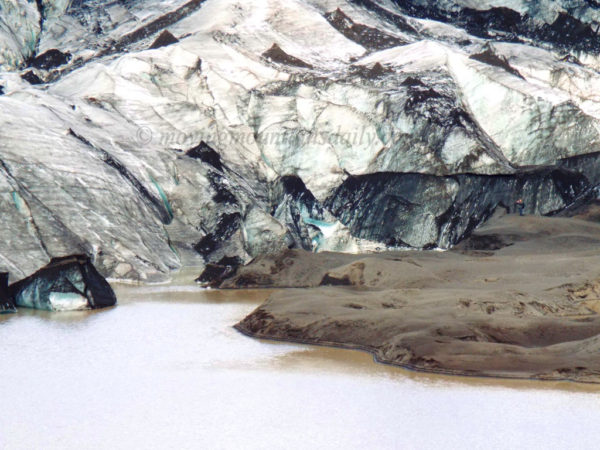
When a glacier reaches the ocean and comes to the end, it doesn’t just stop. The rest of the glacial river, behind it, continues to push downhill. Since the glacier has nowhere to flow, the end of the glacier will calve, or break off in pieces, creating ice burgs. Check out this video on calving.
Lab 2: How do Glaciers Flow?
Our homemade glacier goo can slowly flow like a glacier. Turn a glass upside down and put the goo on the top. Don’t play with it, but instead, just observe what happens. You might have to walk away or go find something else to do for 30 minutes because this is going to be a s-l-o-w forming lab. Make sure you complete your lab sheet!
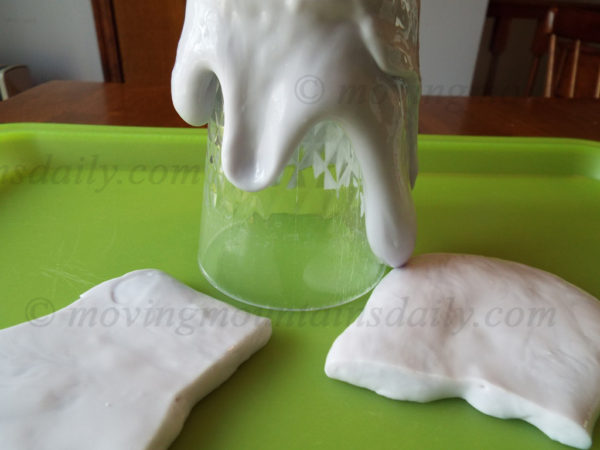
Lab 3: Calving Glaciers
For this lab, take the goo in both hands and pull it apart quickly. Again, make notations in your lab notes about what happened when you added pressure and force to the goo.
The goo flows slowly, but under stress and pressure, it will also calve just like a glacier. This is the uniqueness of glacier goo.
Lab 4: Do Glaciers Flow Evenly?
Set up an incline. (This lab only uses one incline.) This might be a propped-up cookie sheet, a long piece of laminate flooring, or a tray– something long enough for your glacier goo to flow down. I use a PVC pipe cut in half for class, but you can use whatever you have around the house. Just make sure you ask permission first!
Place small colored pins or some type of markers in a line, from edge to edge, at the top of the glacier goo. I had Andrew color code toothpicks with markers.
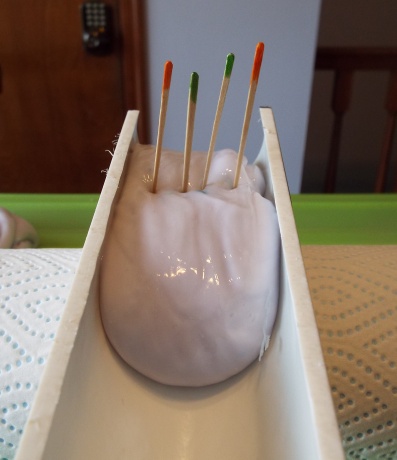
As your goo glacier slowly oozes down the incline, does the glacier move evenly? Remember, don’t help it because you won’t have true lab results! Give it some time, then grab that pencil and write your results down!
Lab 5: Glacier Racing
For this lab, you will use two inclines. In order to have scientific results both inclines should be of the same material and have the same angle. Two different types of material could alter your results.
You will need to add rocks, sand, and other debris to one of your inclines. Do make sure that this second incline is ‘parent’ approved! Please, do not glue sand and rocks to your mom’s favorite cookie sheet! You might notice that if your inclined slant is too high the sand and debris is going to roll to the bottom. If this happens, lessen the incline!
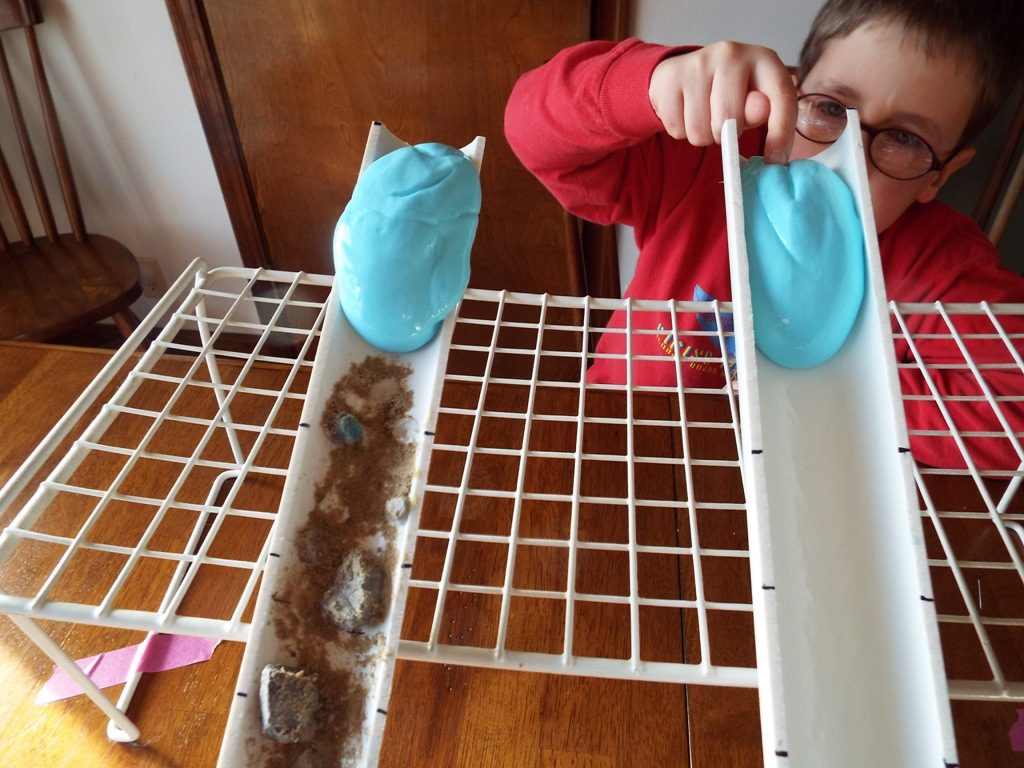
This is another lab that might require patience and waiting! So be patient and don’t help either goo-side win!
Glaciers pick up debris and must adjust to a lot of friction during its downward flow. What happens to the goo? Does it pick up some debris? Does it flow around large pieces of debris or move over the top of them?
Which glacier won? Where you surprised? We were! Add your results to your lab sheet. Fill out all of your lab sheets so that someone who wasn’t watching you when you completed your lab will understand what happened.
Look!
Check out this rock I found in Iceland! The debris that glaciers pick up gathers under the glacier and is pushed downward by internal deformation. As the debris is dragged along, it will gouge, flatten, and scrape the landscape. Google: Kellys Island, Glacial Grooves to see more markings that the glaciers left behind, right here in North America!

Sample from Mýrdalsjökull, Iceland.
Vocabulary:
- Glacier: A slow moving river of compacted ice.
- Glaciologist: Studies ice and glaciers.
- Glaciology: The studies of ice and glaciers.
- Internal Deformation: Movement due to weight and mass.
- Basal Sliding: Glacial sliding due to a thin layer of meltwater.
- Debris: Loose material, like dirt and rocks.
- Compact: Packed down or compressed ice. (Try compressing your lunch sandwich. How tight can you make it?)
- Calving: When a glacier splits a smaller piece of ice.
- Crevasses: Cracks in a glacier or in ice
- Incline: A slope or slant
- Friction: The rubbing against something rough. (To explain this to a child, push a matchbox car on a smooth floor and then on carpeting. The carpeting adds friction, so the car doesn’t travel as far.)
Bonus Fun Lab!
How far can two people stretch glacier goo? Move s-l-o-w, just like a glacier! If you pull too quickly your stretched glacier will calve. Have a third person, (if possible) measure your results.
We love comments and encouragement. Just remember: This is a safe site for children, of all ages. If comments are not tastefully stated, they will disappear in a “POOF”!
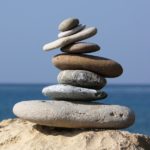


Atlas says
Sometimes a glacier slides over a thin water layer at the glacier’s base. The water may result from glacial melt driven by pressure of the overlying ice, or from water working its way through glacier cracks to the base. Glaciers can also slide on a soft, watery sediment bed. This basal sliding may account for most of the movement of thin, cold glaciers on steep slopes. Warm, thick glaciers on gentle slopes owe less of their movement to basal sliding. Glaciers periodically retreat or advance, depending on the amount of snow accumulation or evaporation or melt that occurs. This retreat and advance refers only to the position of the terminus, or snout, of the glacier. Even as it retreats, the glacier still deforms and moves downslope, like a conveyor belt. In other words, a retreating glacier does not flow uphill; it simply melts faster than it flows.